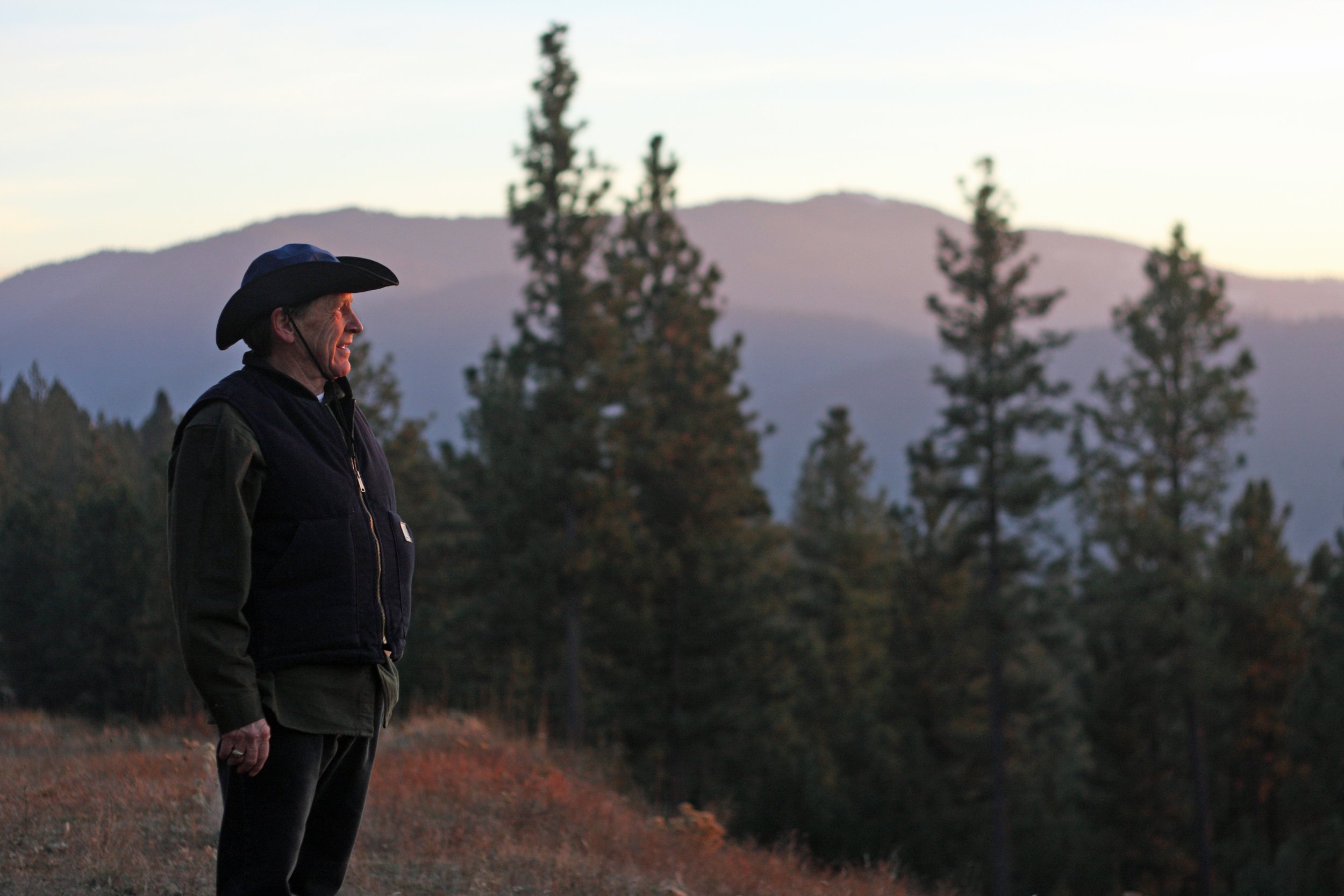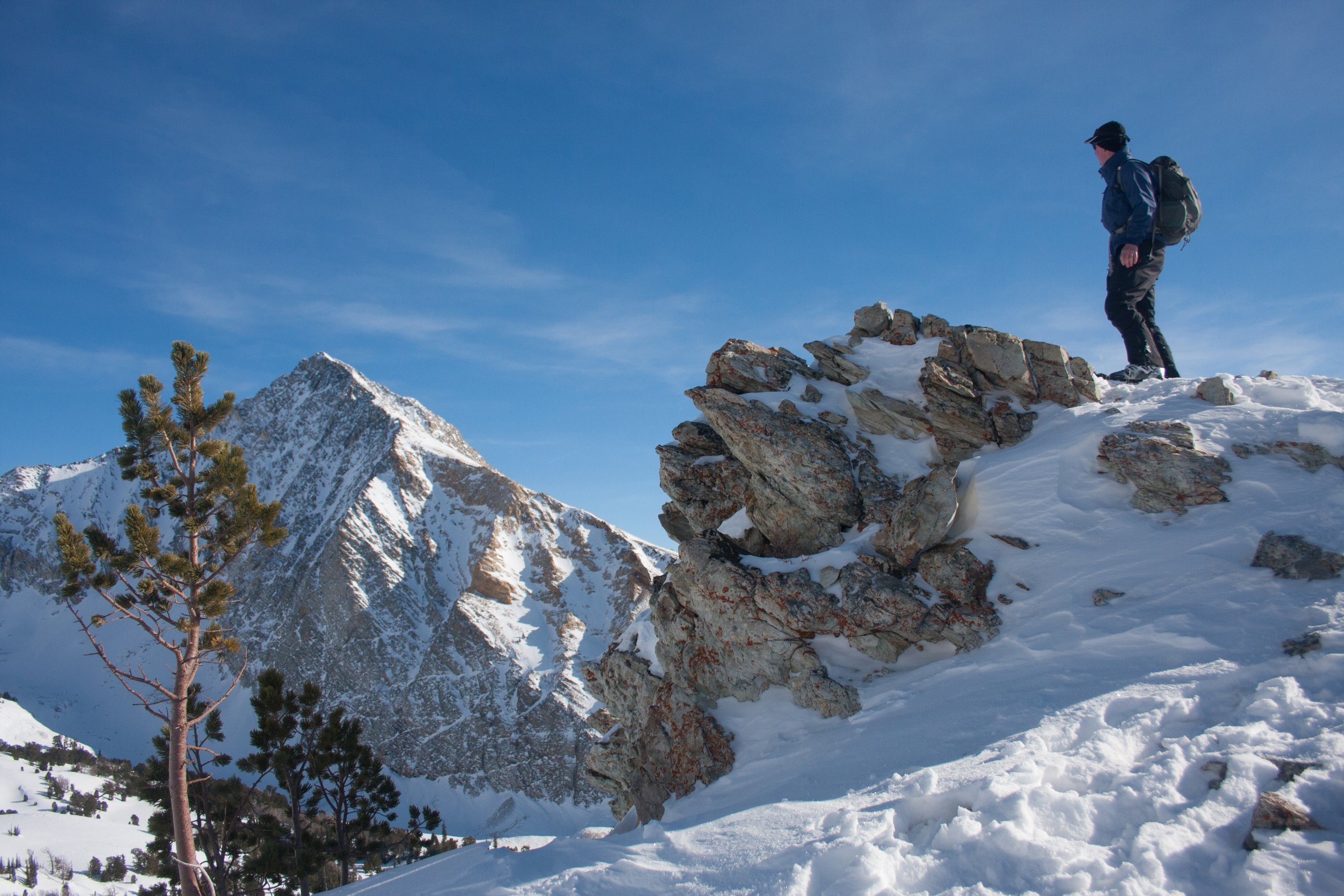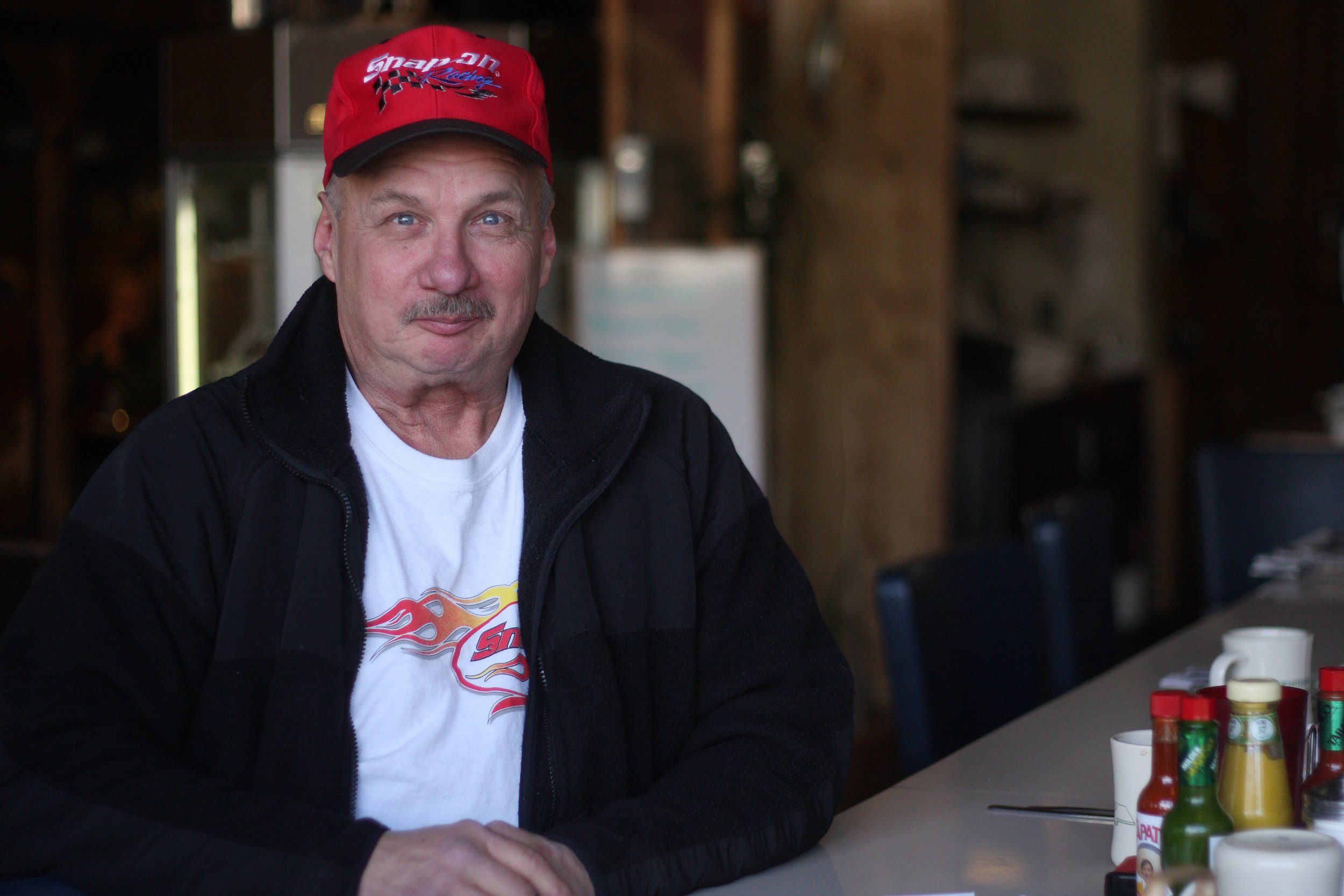
Western Perspective
In their words—the people of the American West.
What is Western Perspective?
The Western Perspective Project is about sense of place. It's a journey into what makes people of a certain geography tick.
There are different ways to measure the West. In rainfall, it is arid, in topography dramatic. On a map, it is a cluster of large, rectangular states. Through the lens of explorer John Wesley Powell it was anywhere west of the 100th Meridian. Pulitzer-winning author Wallace Stegner poetically coined the West "the native home of hope."
All of these definitions are true, but perhaps the truest measure of a place is its people, and the people of the American West have distinct ideas about who they are.
The Western Perspective Project is an undertaking by writer and photographer Greg Stahl, who collected and compiled all of the project's images, essays and interviews. The goal is to try to put a finger on the pulse of a region that is equal parts distinct, dramatic and poorly understood.
To keep up with the latest with this photo essay check Facebook, Twitter or Instagram and otherwise revisit this website to read about how the West has shaped its people and how those people have shaped their land. Click here to view a gallery of more than 100 biographical images and quotes.

Gratitude
"It's nice to be a half hour walk from your house and be in a different world."
— Denis Ray, Liberty Lake, Washington
Lookout: A Season Above
It was the summer of 1961, and Ron Dean was the sole human occupant of a postage-stamp-size mountaintop in the middle of the Idaho wilderness.
His jaw bearded, his clothes soiled, Dean learned to keep the previous night’s popcorn in his morning pockets as he went about the duties of maintaining a U.S. Forest Service fire lookout. Three times a week he’d walk down the mountain’s flank to a spring and fill a five-gallon bucket full of water, and on the way golden cress squirrels would keep him company. Squirrels, he learned, like popcorn.
“I always kept my pockets full of popcorn,” Dean remembered of his college-age summer job. “I ended up … by the end of the season I had seven or eight squirrels. I could go off and say: ‘OK, I have some popcorn,’ and they’d come up from all angles.”
He eventually named the little rodents. Jim. Daisy. Tom. John. To the untrained eye a squirrel is a squirrel. For a man living atop 9,988-foot Lookout Mountain at the northern edge of the White Cloud Mountains from June 28 to September 13, their subtle differences in appearance and personality became plain.

Purpose
"People rarely end up in the wilderness by chance."
— Mike Purcell, Boise, Idaho
New Mexico quiet inspires reverence
Silence hovered like rainforest humidity over the lower Rio Chama in the sandstone desert of northwest New Mexico. The river slowed, its barely-audible currents lapping at shoreline grasses, and thousand-foot maroon cliffs took form against an impossibly blue sky.
The quiet of the lower Chama was both distant and distinct, with a quality easy to notice and impossible to define. For the couple miles the river lazily worked past the Monastery of Christ in the Desert there was a presence to the place that seemed more than the sum of its parts.
Perhaps it’s the power of suggestion because the monastery certainly begs some sort of reflective reverence, but even pious scholars who have visited Christ in the Desert acknowledge it is in large part the wild that fills their spiritual wells.
“This is one of the places where I go to pray, rest, walk, swim in the Rio Chama, ride horses, and reclaim my inner peace,” writes John Dear SJ in the National Catholic Reporter. “The landscape never fails to astonish me. The red and yellow cliffs, the cottonwoods, the sagebrush, the stern mountains, the wandering hawks, the bright sun, the pressing silence and expansive solitude.”

Tradition
"Born and raised here, lived here my whole life."
-Larry Moles, Thompson Falls, Montana
Mountains on My Mind
The mountain was nondescript and its name if it had one meaningless. I was sitting on a high-elevation ridge, below tree line but above most of the trees. Across the valley another range was half-enshrouded in clouds but also reaching toward small patches of denim-blue sky.
I was sitting in a happy drift of light, fluffy, freshly-fallen snow, and the world’s hard edges had vanished–tree branches, mountaintops, bushes, the sharp sound of the wind and me–all round and gray and smothered and soft.
To the west where the clouds’ heavy blanket had first begun to tatter the sun dropped into a growing tear that revealed the light blue beyond. It was low, both far to the south and far to the west, and it cast long shadows across the rolling drifts.
The sun was edgeless, too. It was soft and long and gold–really gold–and as the minutes stretched and the light spread like a growing rumor across the valley I felt the heavy weight of the storm begin to lift. It was easy to see, but there was something invisible, too: something like falling in love or discovering joy, when all the world makes sense, and difficult decisions are easy–if only for a while.
Having spent all day in the heavy depths of the storm, I was tired, but the storm’s flat, blue heaviness had passed, and the world was spun of gold. I was in love.
